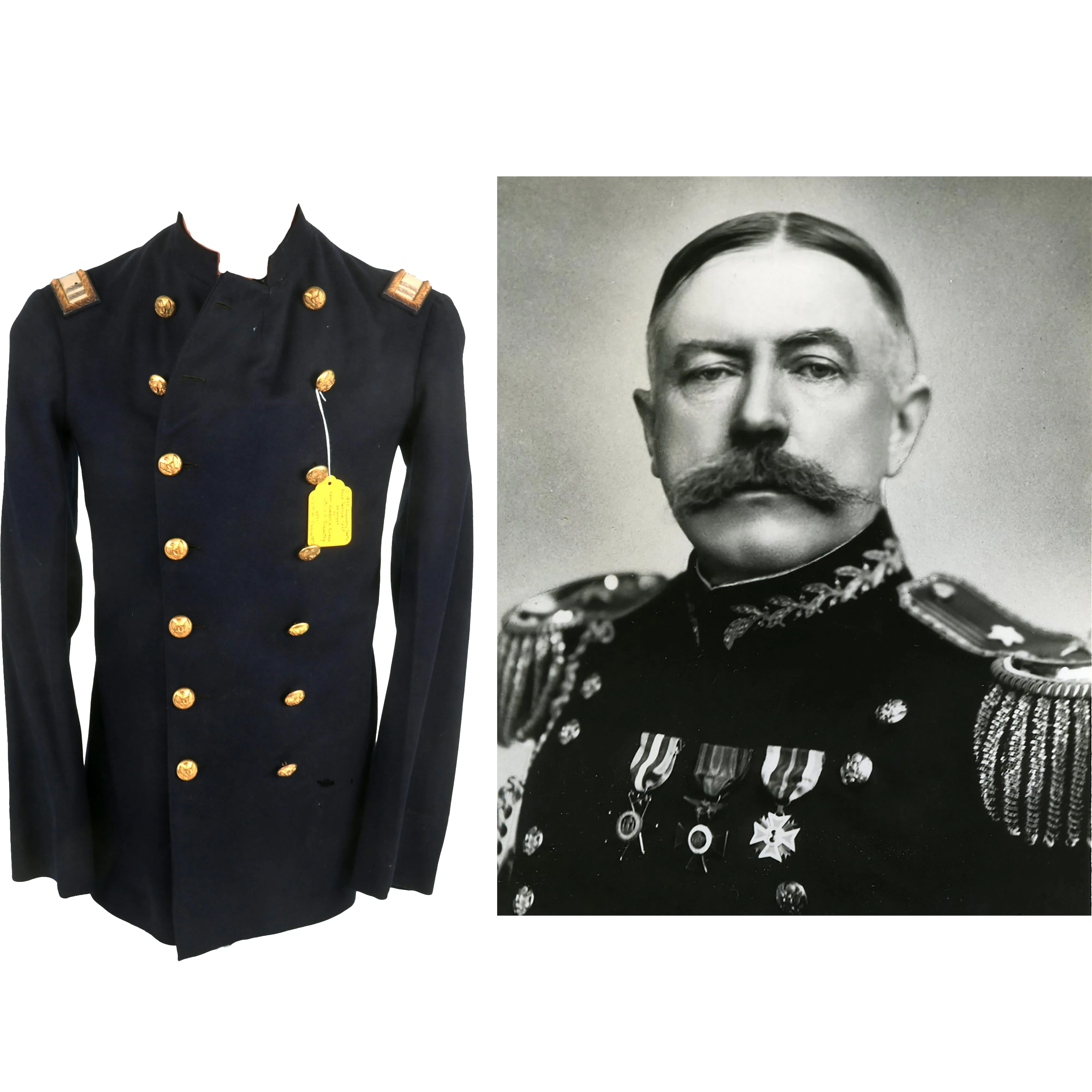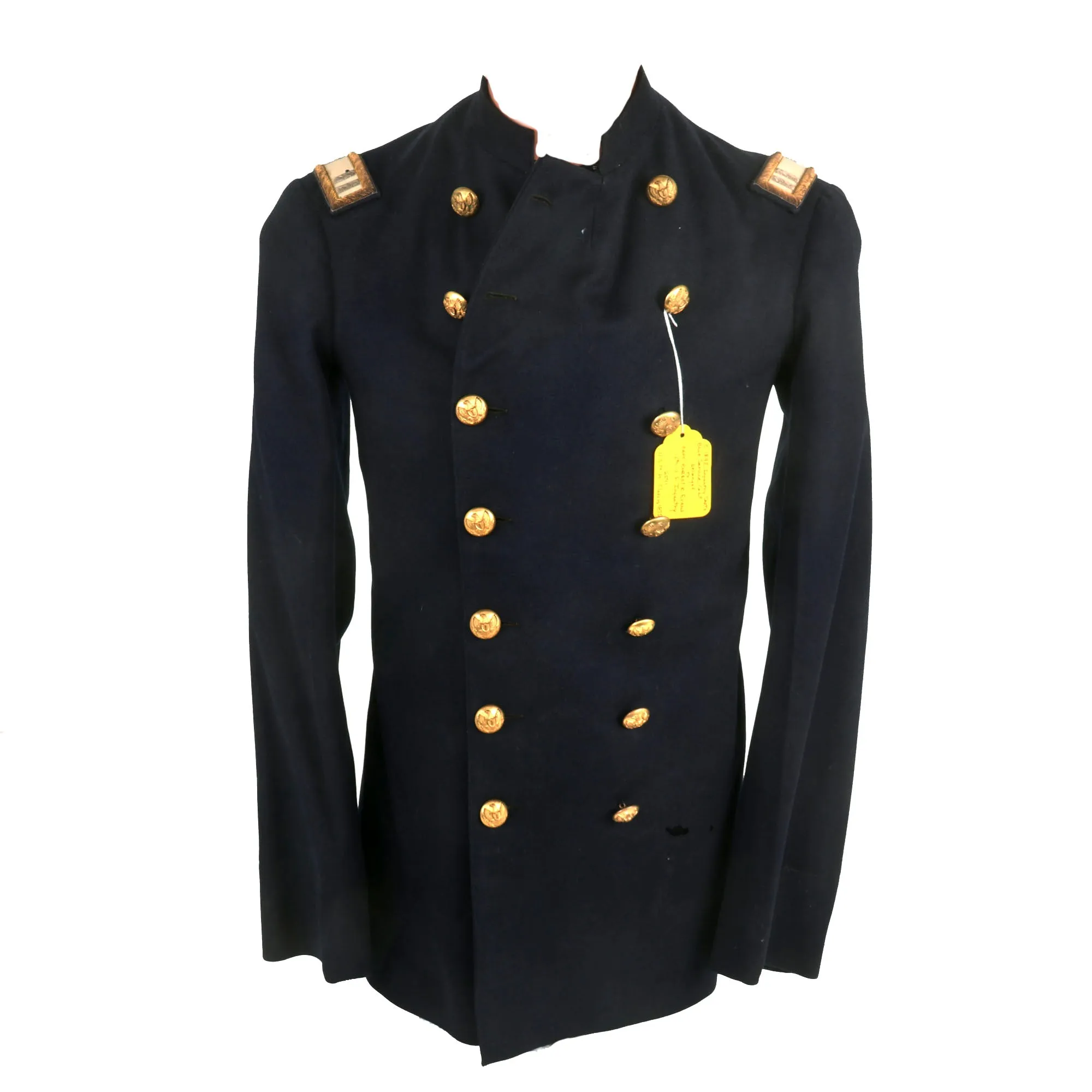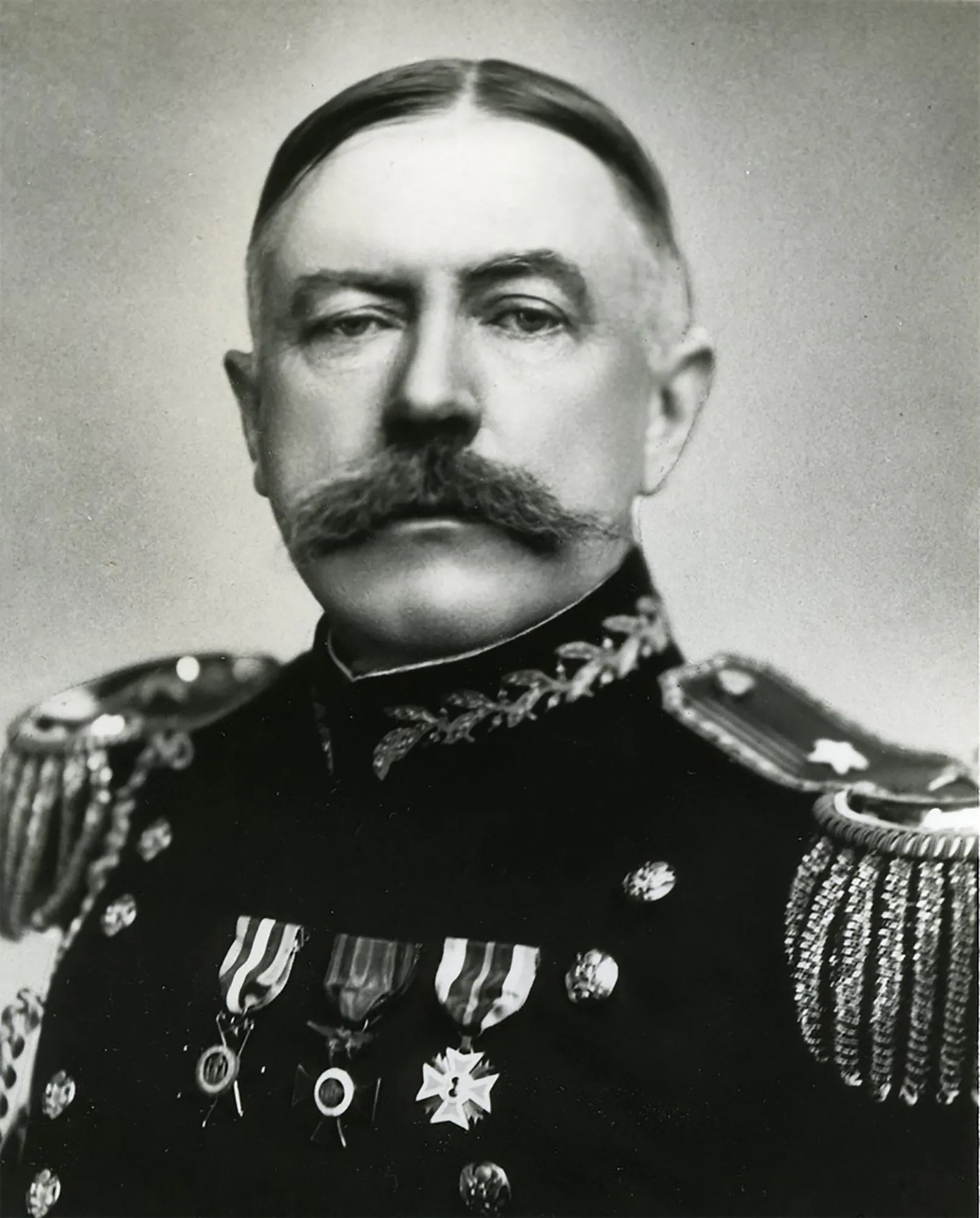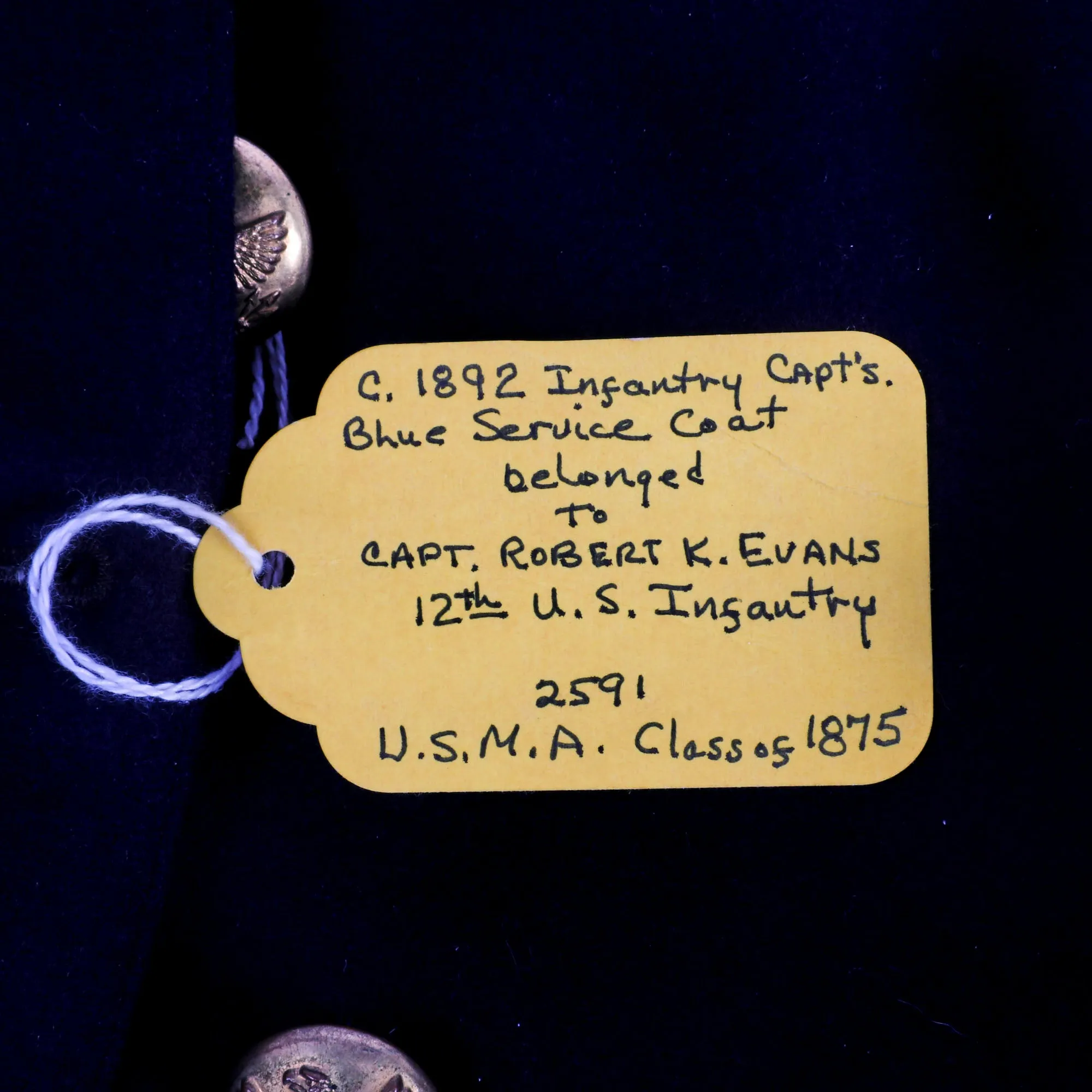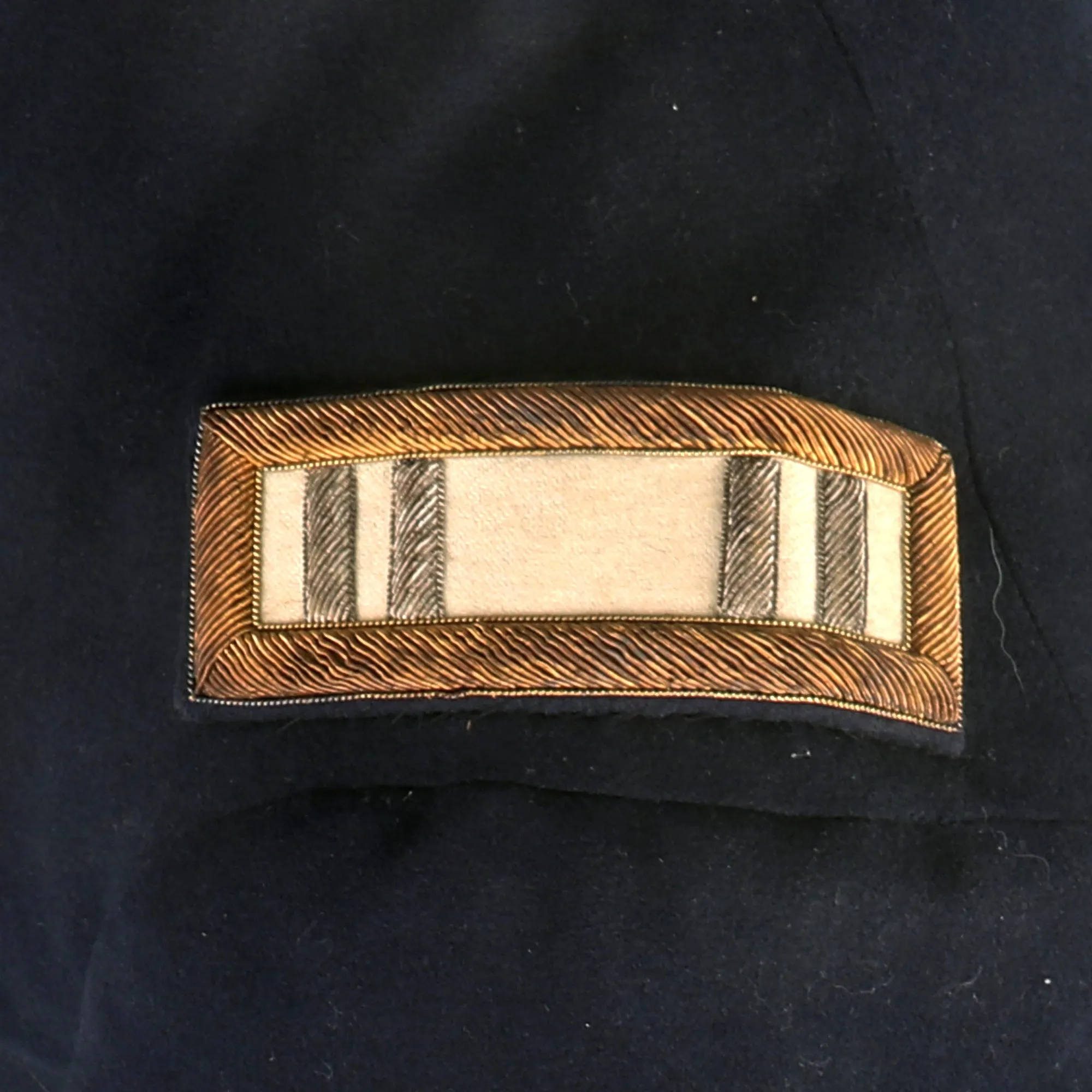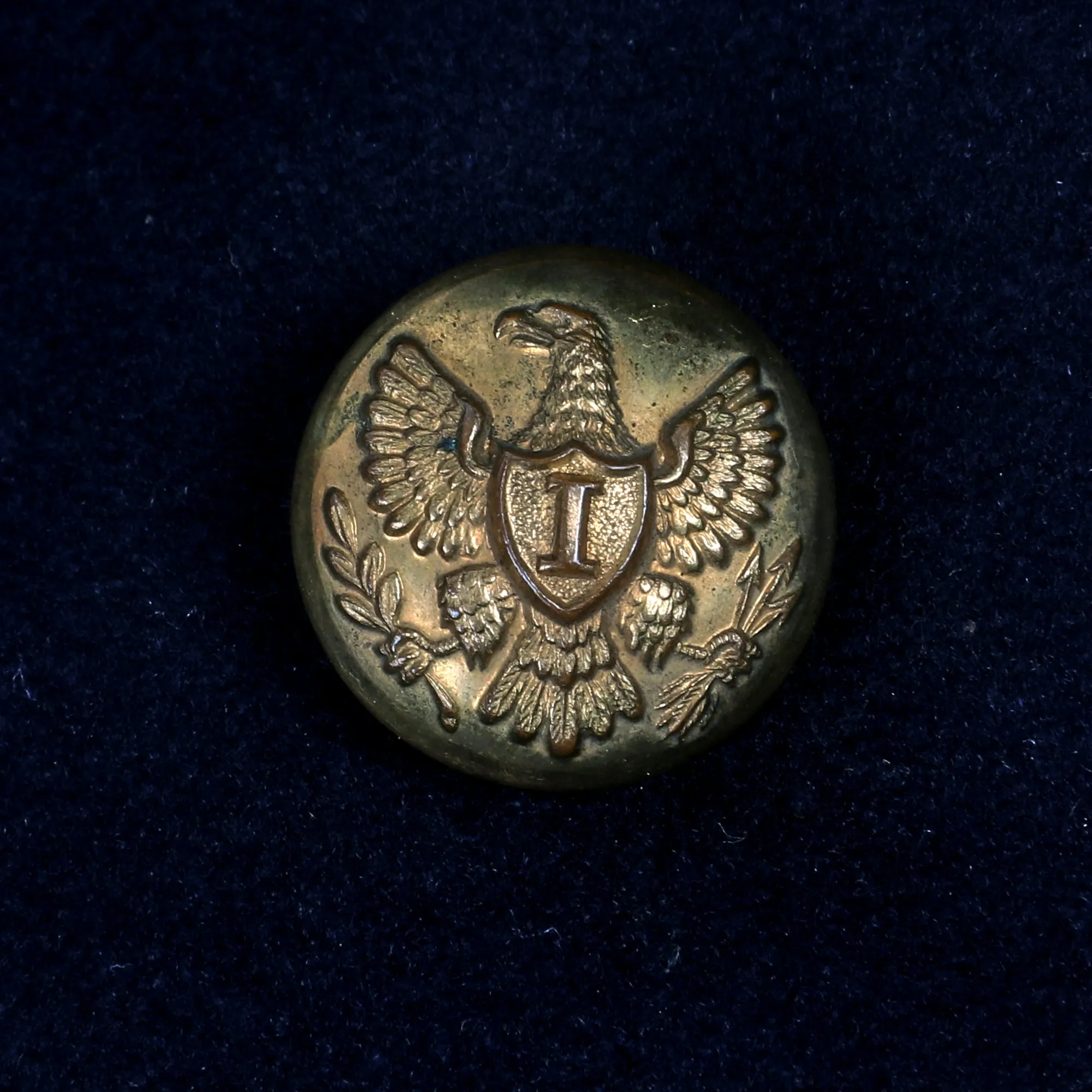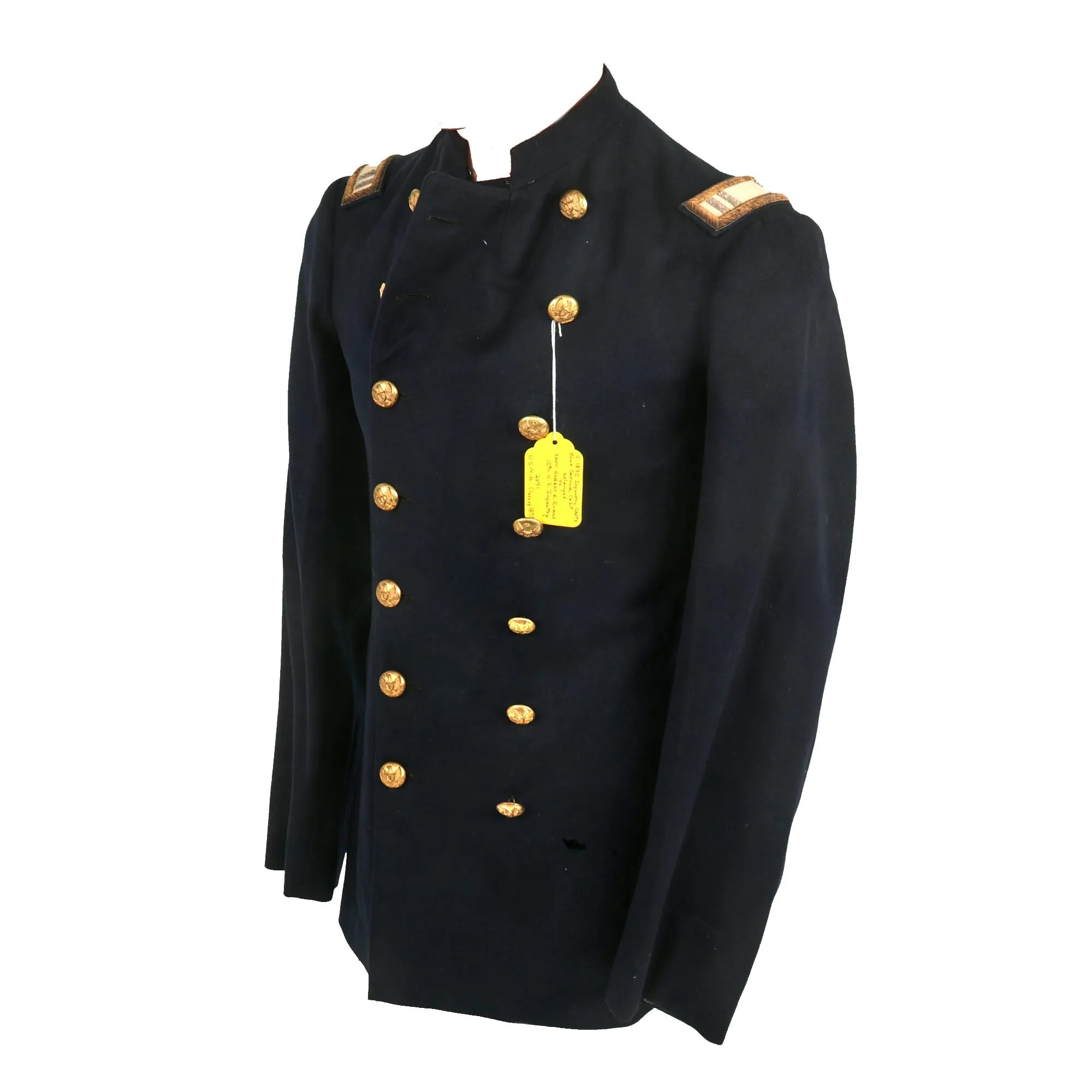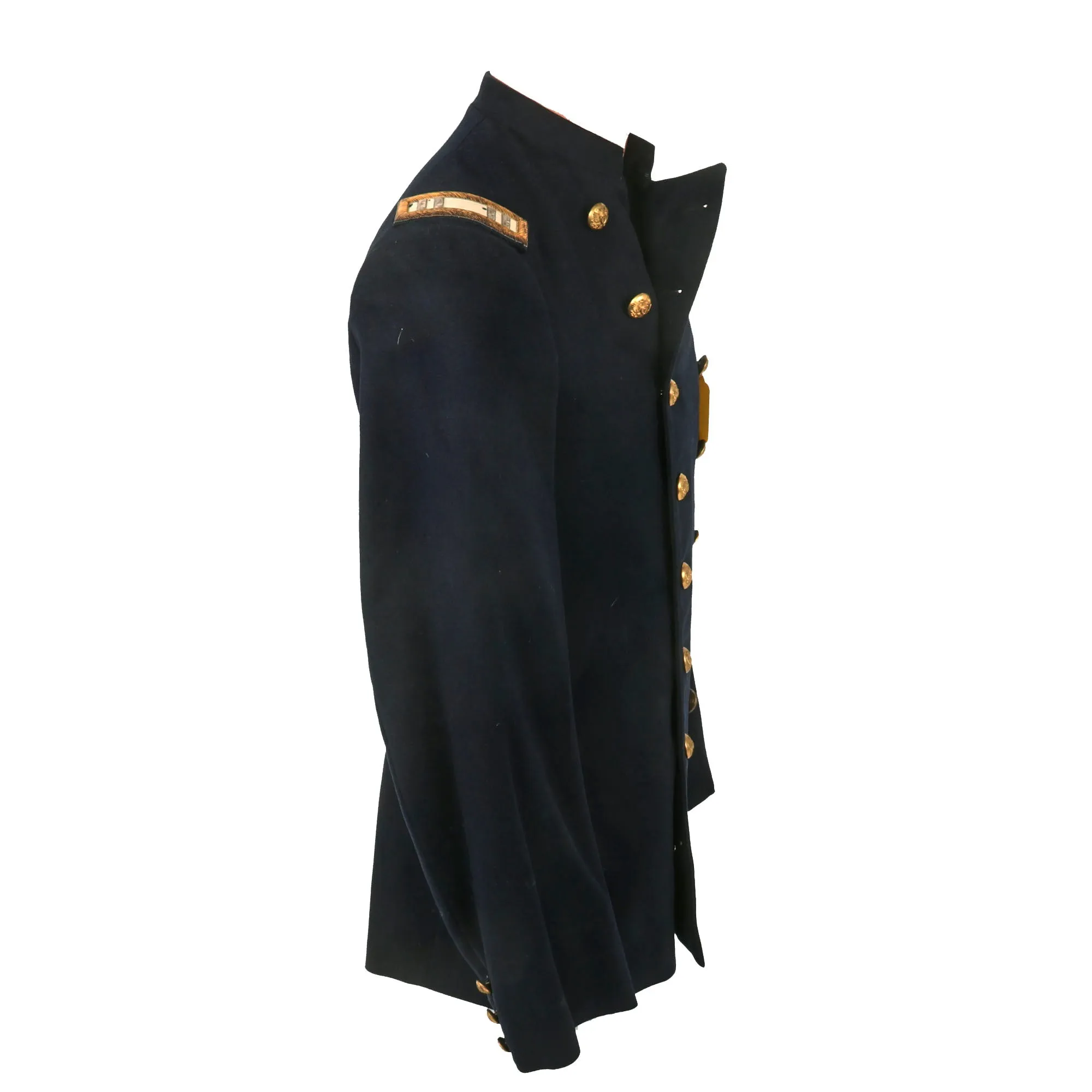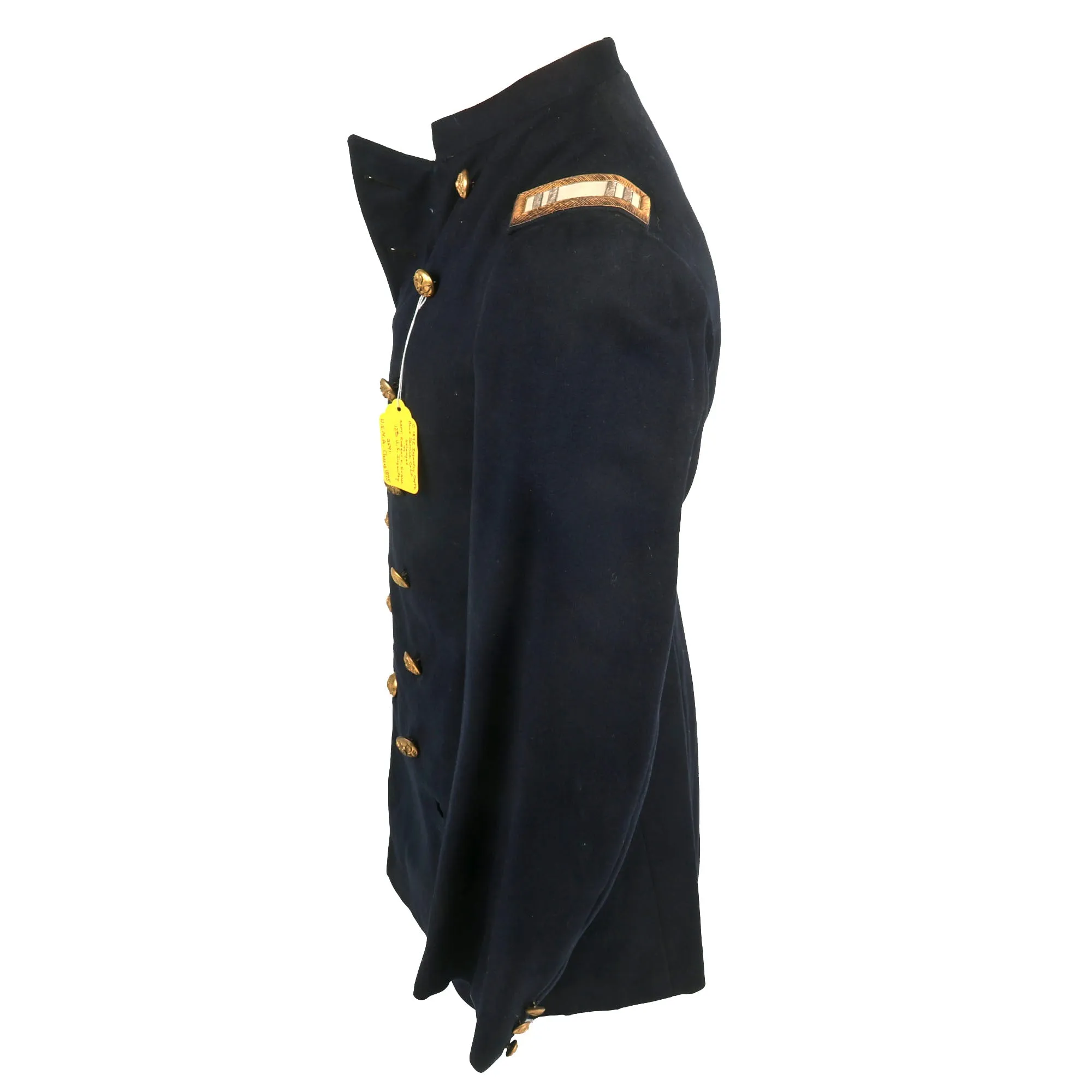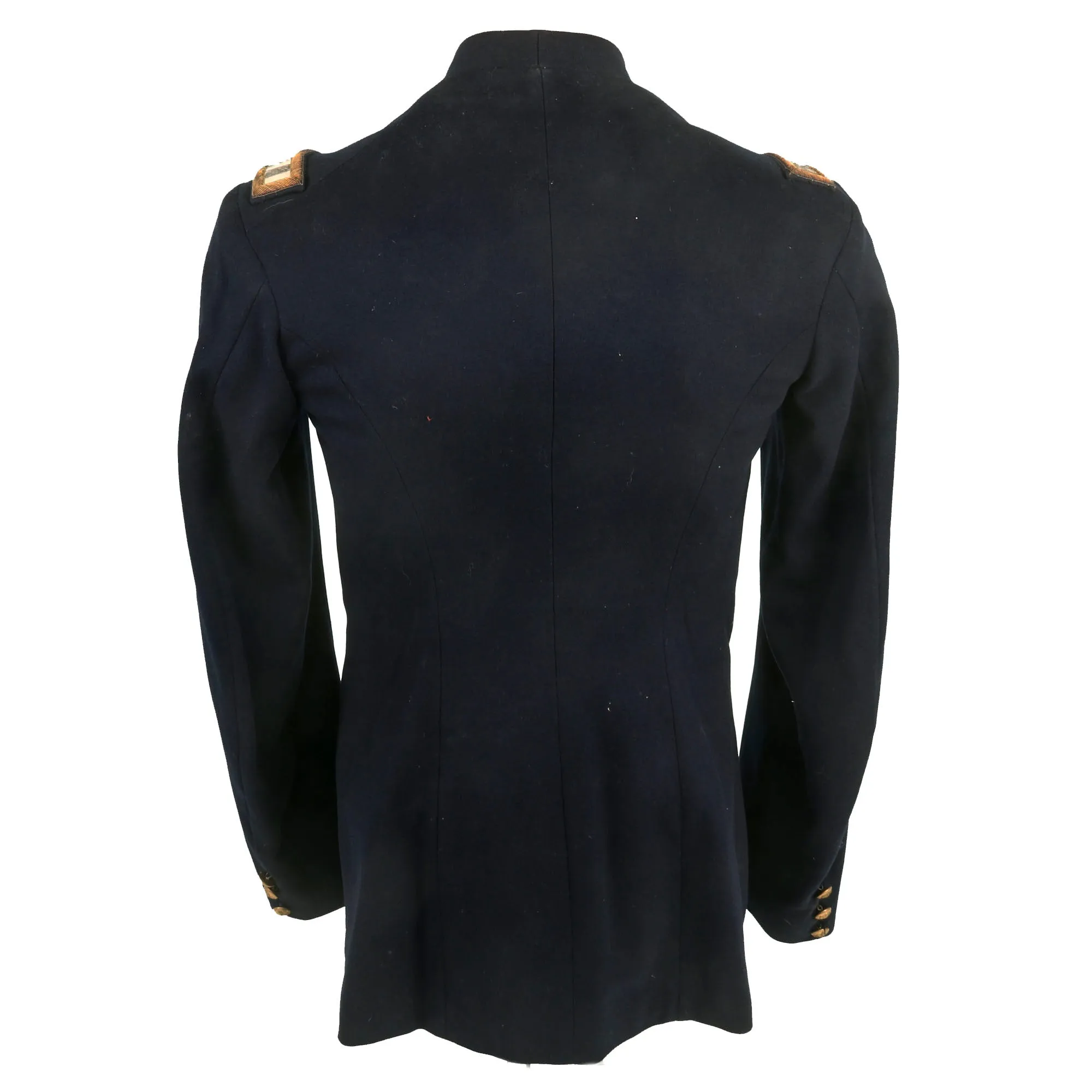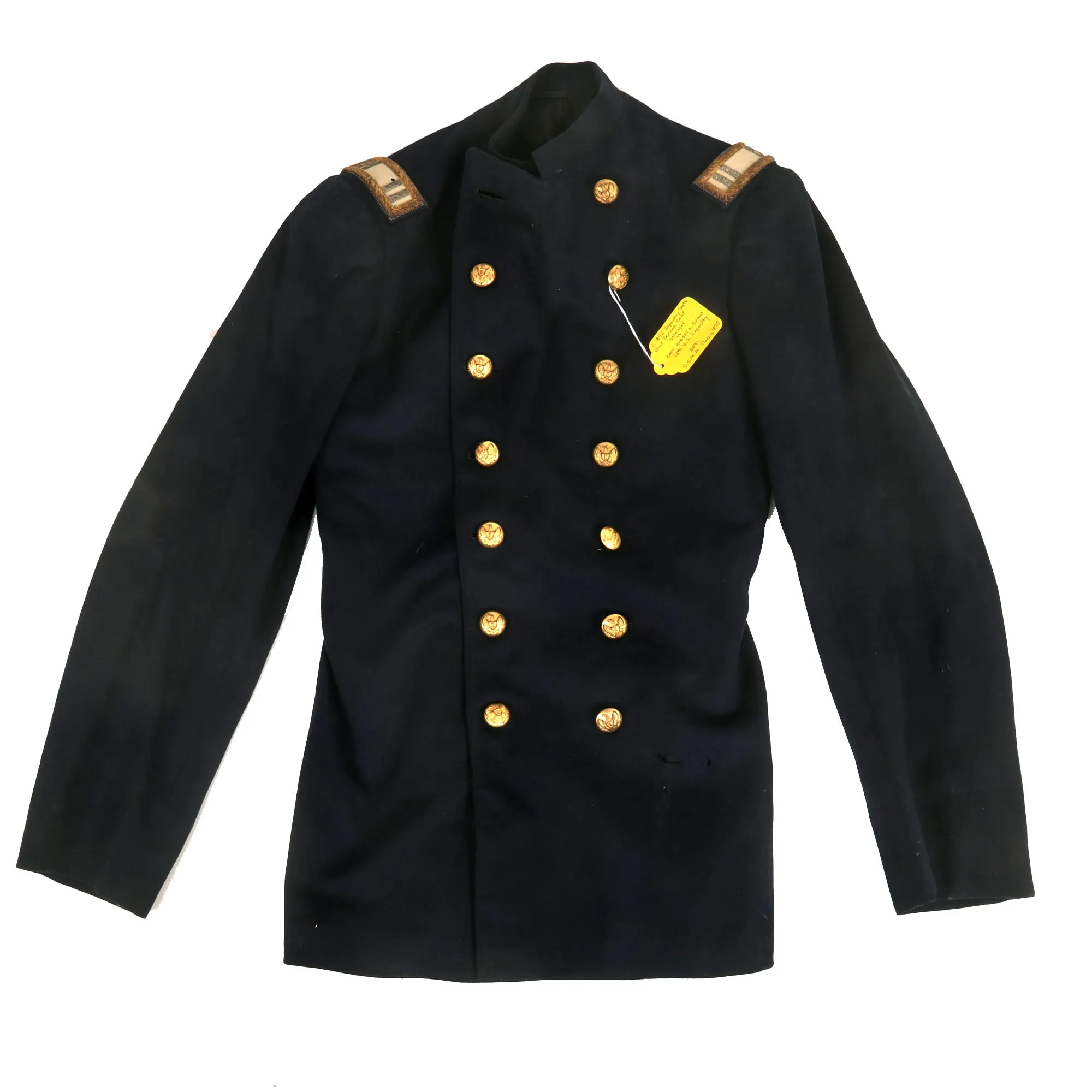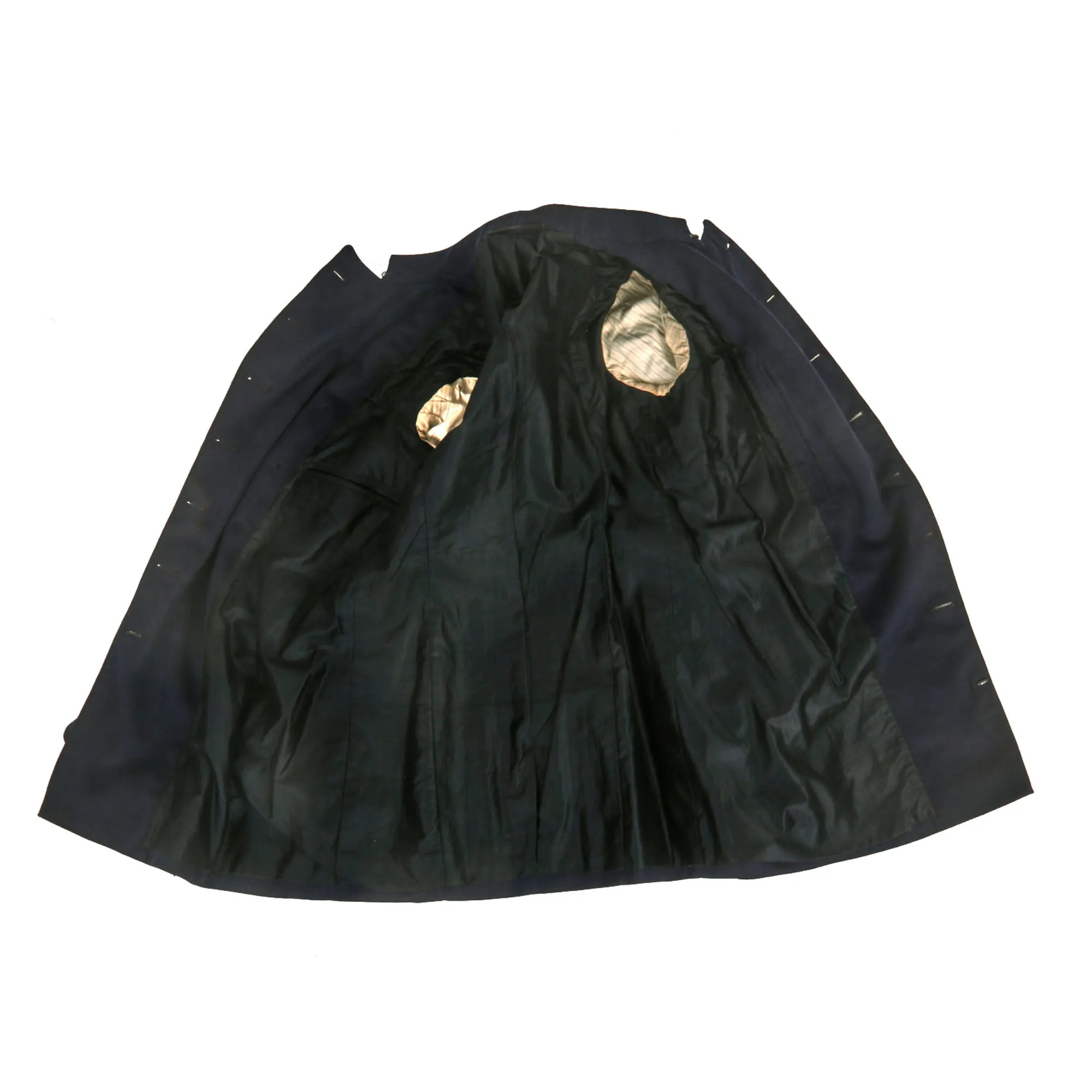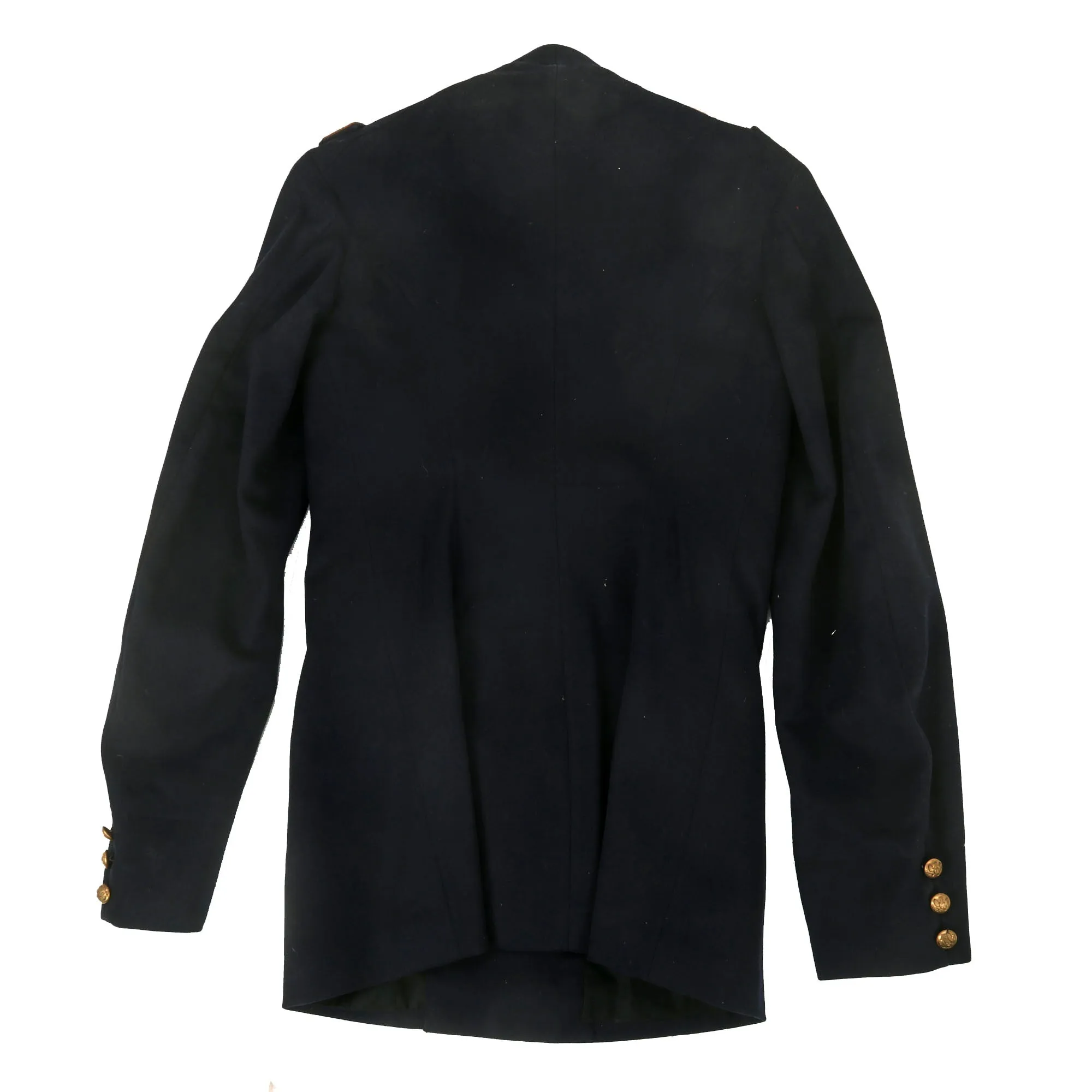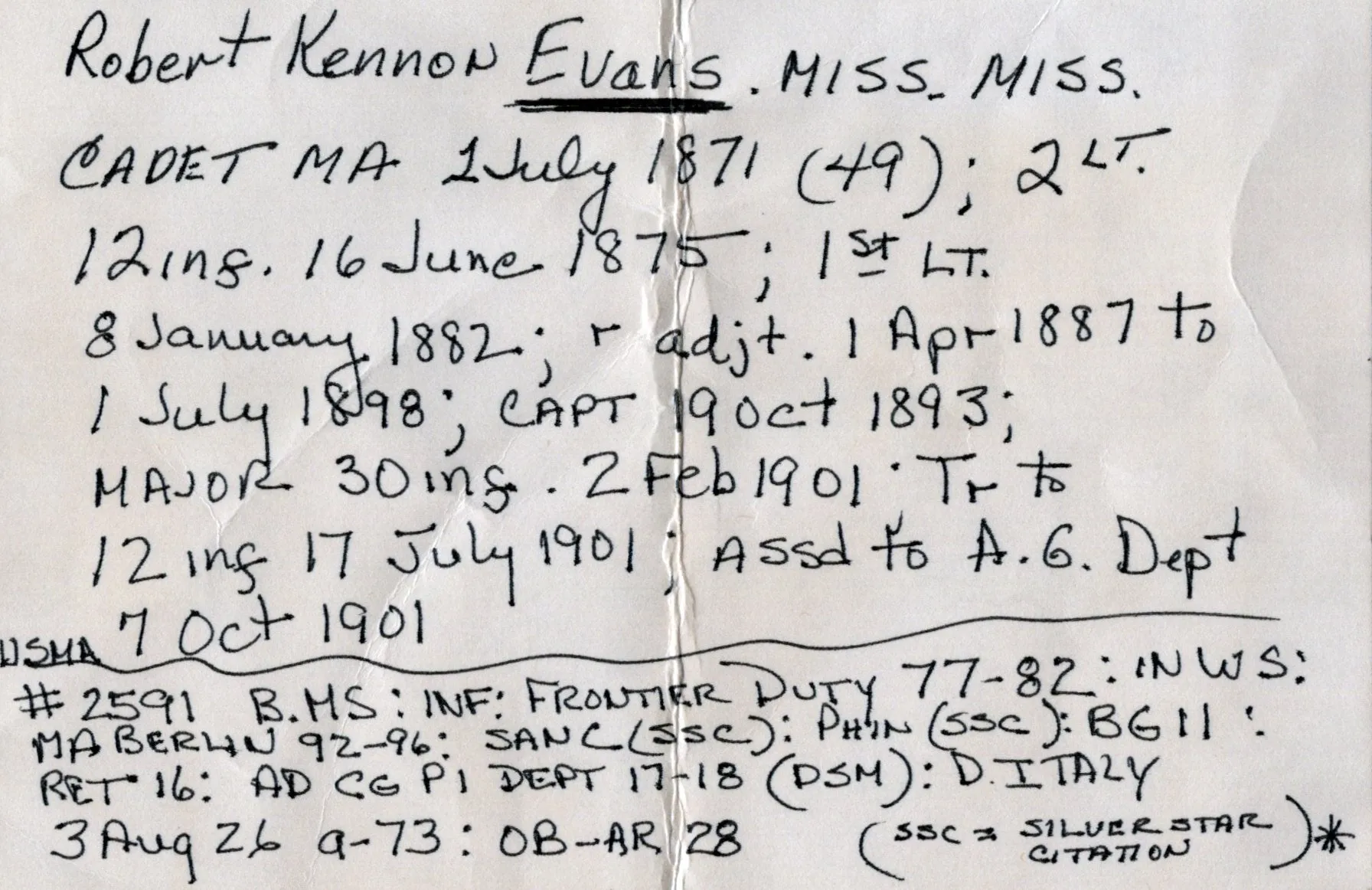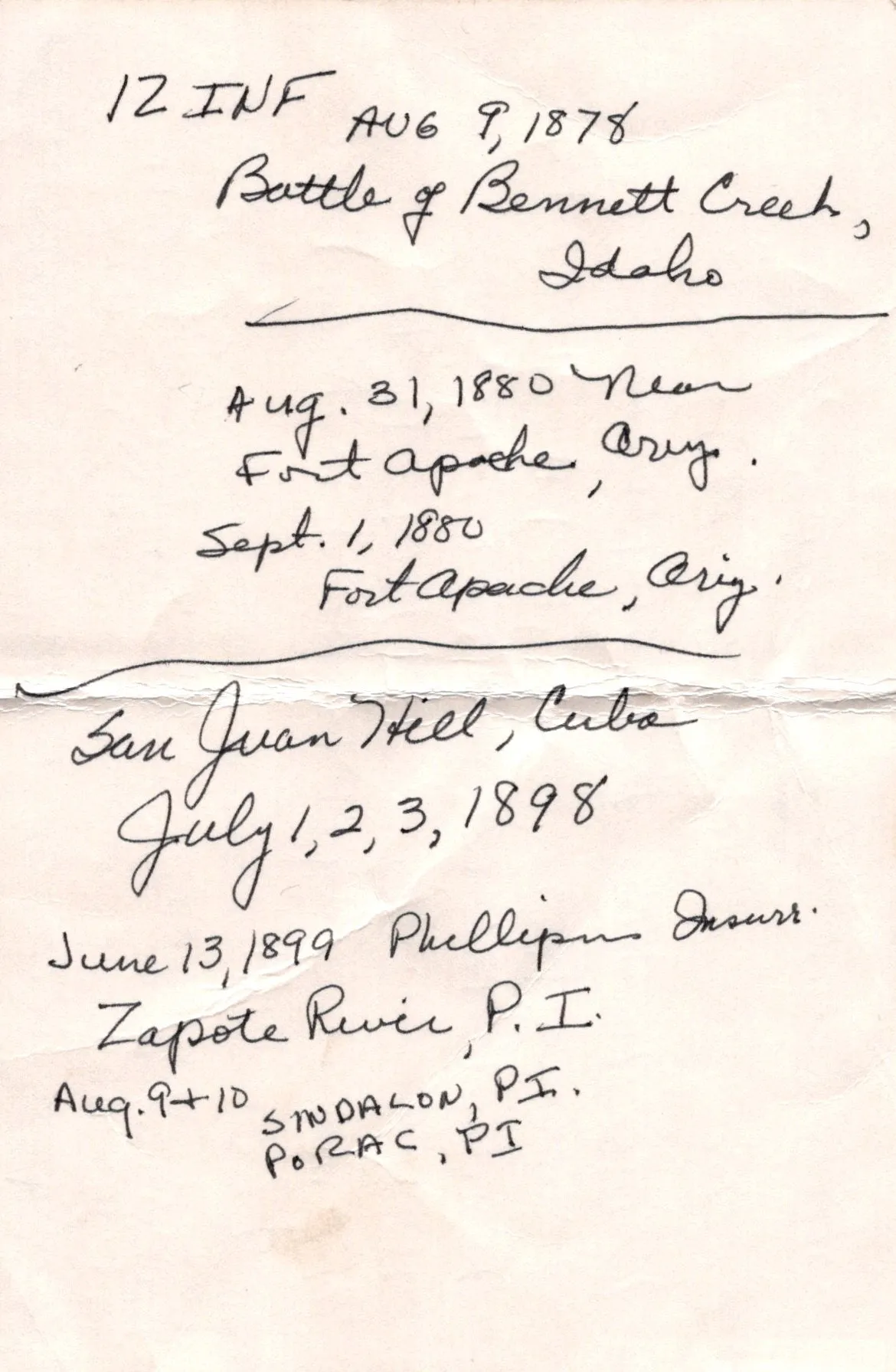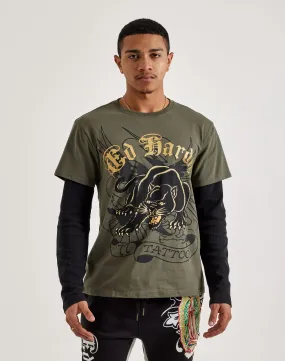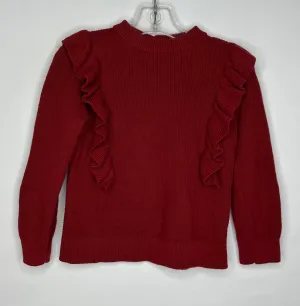Original Item: Only One Available. We were thrilled to receive a remarkable artifact that will pique your interest. This is a US Army service coat made of dark blue wool, and it has been traced back to Brigadier General Robert Kennon Evans, thanks to the information passed down from the private museum from which which it was de-accessed.
This particular coat was worn by General Evans during his time as a Captain in the 12th Infantry. He played a significant role in several major battles that occurred throughout the Indian Wars and the Spanish-American War. The coat has been preserved in excellent condition for the age and is a testament to the bravery and dedication of the soldier who wore it.
What makes this discovery even more special is that the private museum from which it was obtained retained the knowledge of who it belonged to. It is an incredible honor to have such a valuable piece of history in our possession, and we hope that you feel the same way upon receiving it!
This particular uniform is in remarkable condition, with only a few expected moth nips being the only noticeable imperfections. Despite the nips, the uniform is quite solid and still maintains its shape. The tunic itself is fully lined with black polished cotton, which adds to its durability and longevity. To further enhance the appearance of the uniform, the tunic could be displayed with an undershirt of the same color to help conceal the moth nips.
One of the standout features of the uniform is the bullion embroidered Captain's Bars, which are still firmly attached. The bars are situated on a white background, which is correct for the Infantry from the year 1885 and later. The bars themselves are a testament to the quality and attention to detail that was put into the making of the uniform. Overall, this uniform is a true treasure, and its excellent condition is a testament to the care and attention that was given to it over the years.
Comes more than ready for further research and display.
Approximate Measurements:
Collar to shoulder: 9"
Shoulder to sleeve: 26.5”
Shoulder to shoulder: 12.5”
Chest width: 17"
Waist width: 15.5"
Hip width: 21"
Front length: 32"
Robert K. Evans
Brigadier General Robert Kennon Evans was a United States Army officer who served in several high-profile assignments, including Chief of the National Guard Bureau and commander of the Hawaiian Department.
Initially assigned to the 12th Infantry, Evans served with the regiment until 1898, receiving promotion to first lieutenant in 1882 and captain in 1893. From 1887 to 1898 Evans was the regimental adjutant. During his service with the 12th Infantry Evans was assigned to a variety of posts, including California, Kansas, North Dakota, and numerous sites in Arizona, and New York. He was a veteran of the Nez Perce War and the Bannock War. During the Spanish–American War he served in Cuba and took part in the Battles of El Caney and San Juan Hill.
During his service with the 12th Infantry Evans also performed detached duty, including military attache at the U.S. Embassy in Berlin, Germany.
In 1901 Evans was promoted to major in the 30th Infantry, and was soon reassigned to the 12th Infantry, while performing duty with the Army's Adjutant General department. In 1905 he was promoted to lieutenant colonel in the 5th Regiment, and performed duty with the 28th Infantry and Army General Staff.
In 1908 and 1909 Evans was director of the Army War College and served as acting president.
Evans was promoted to colonel in 1909 and assigned to the 30th Infantry, where he served until 1911. In 1911 Evans was promoted to brigadier general and selected to serve as Chief of the Militia Bureau, the forerunner of the National Guard Bureau.
After leaving the Militia Bureau in 1912 Evans continued to serve in command assignments, including the Department of the Gulf (1912–1914), the Department of the East (1914), the 2nd Infantry Brigade in Laredo, Texas (1914 to 1916), and the Hawaiian Department in 1916.
Evans took temporary command of the Department of the East in March, 1914, succeeding Major General Thomas Barry. In late June 1914, during a speech he gave in New York City, he made comments critical of President Woodrow Wilson's foreign policy. Evans was reprimanded for his comments, promptly replaced by Major General Leonard Wood, and given orders to command the 2nd Infantry Brigade in Texas, a lower profile assignment than the Department of the East.
Evans retired in 1916. In 1917 he volunteered for World War I, was recalled to active duty and assigned as commander of the Philippine Department, where he served until 1918. He retired again in 1918
Evans was awarded the Silver Star twice, once for heroism at El Caney and once for heroism while fighting insurgents in Luzon. He received the Distinguished Service Medal at his retirement.




